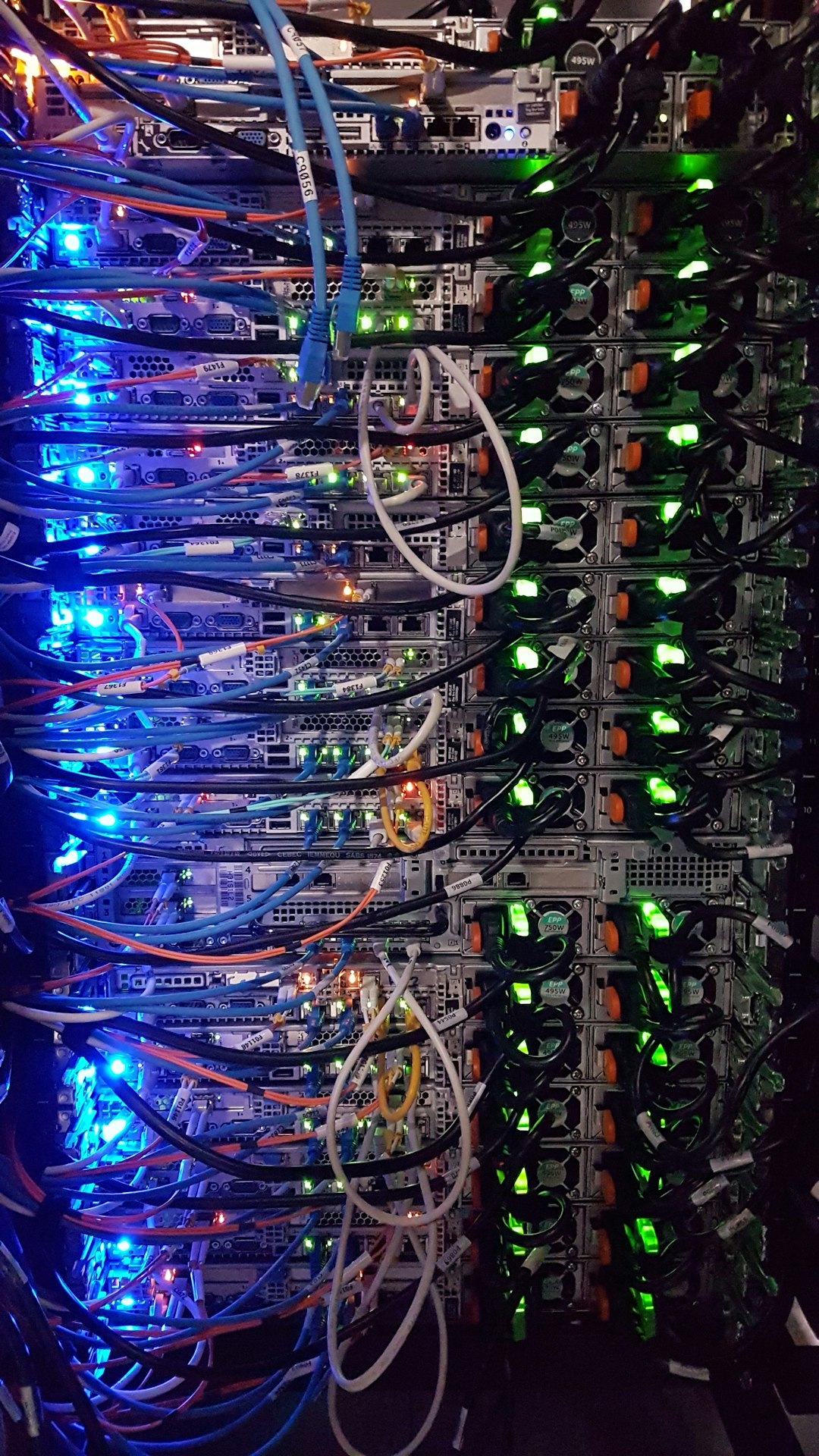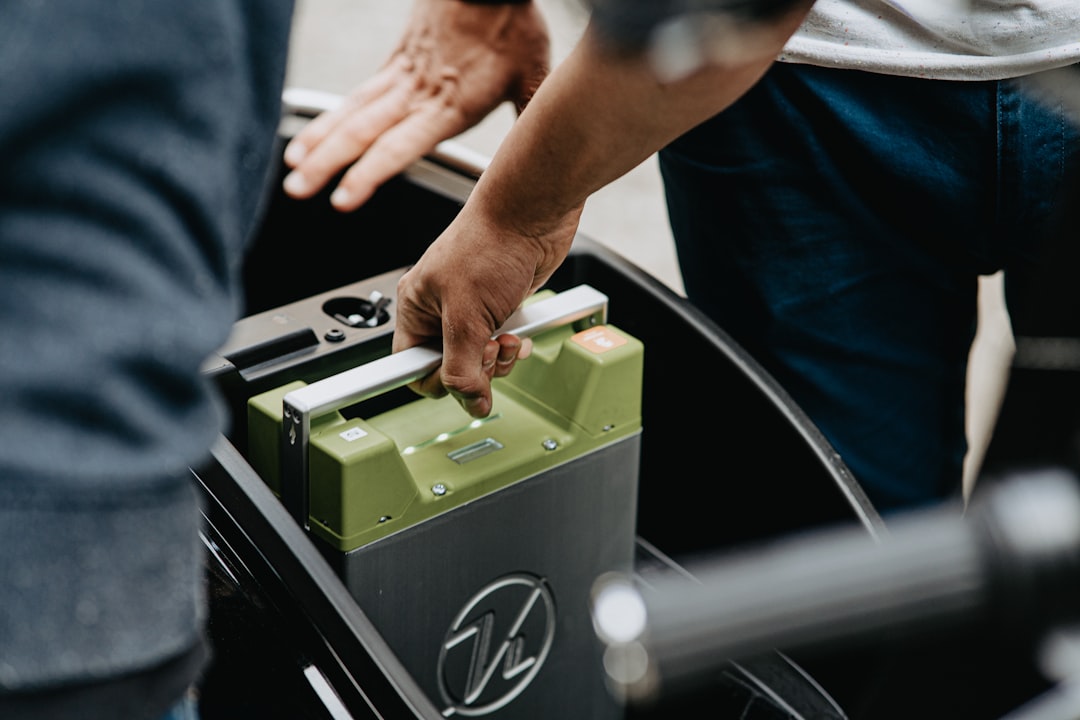The AI Investment Boom That’s Creating Millionaires Overnight

Think artificial intelligence is just tech jargon? Almost all companies invest in AI, but just 1 percent believe they are at maturity, creating massive opportunities for savvy investors. Investment in artificial intelligence could amount to around $200 billion globally by 2025, and the numbers are staggering. Companies aren’t just talking about AI anymore – they’re pouring real money into it. A near unanimous 97% of senior business leaders whose organization is investing in AI report positive ROI from their AI investments, with 34% of companies planning to invest $10 million or more next year. The smart money knows that we’re still in the early innings of this revolution. Tech companies are racing to capture more AI market share and meet the needs of their biggest customers—the enterprises that are investing in AI to cut costs and boost productivity. If you’re not positioned in AI investments now, you’re basically watching a gold rush from the sidelines.
Sustainable Investing’s Shocking Resilience Against Political Headwinds

73% of survey respondents expect the sustainable investment market to grow significantly in the next 1-2 years, driven by client demand, regulatory evolution, and advances in data analytics. What’s truly remarkable is that this growth persists despite fierce political opposition. SI became the target of political culture wars, anti-ESG legislation was introduced in multiple states, and ESG-marketed funds came under scrutiny for potential greenwashing. Yet the numbers don’t lie – money keeps flowing into sustainable investments like water finding its way downhill. The sector is seeing rising interest in AI and data analytics (65%), impact investing (58%), and the diversification of ESG-focused asset classes such as private equity and thematic bonds. This isn’t some feel-good trend anymore; it’s becoming the backbone of modern portfolio strategy. The companies that survive and thrive in the coming decades will be those that adapt to environmental and social realities.
Real Estate’s Hidden Opportunity Amid Rising Interest Rates

Everyone thinks real estate is dead because of high interest rates, but the U.S. residential real estate market was valued at $106.7 trillion in 2024, and is projected to hit $110.8 trillion in 2025. The trick is knowing where to look. J.P. Morgan Research expects house prices to rise by 3% overall in 2025, with mortgage rates expected to ease only slightly to 6.7% by year end. Sure, the market feels tough, but smart investors are finding opportunities in overlooked sectors. After a strong surge in multifamily completions, vacancy will edge down in 2025 due to robust tenant demand, with economic growth supporting household formation but the still-high cost of home ownership driving demand for apartments. The key insight? While single-family homes struggle, rental properties and multifamily investments are quietly becoming goldmines. The continued combination of high mortgage rates, steep home prices and insufficient inventory levels points to the rest of 2025 remaining tough for buyers and sellers, but buyers may eventually stop holding out for lower rates and accept “the new normal”.
Energy Infrastructure: The Multi-Trillion Dollar Buildout Nobody’s Talking About

Global energy investment is set to increase in 2025 to a record $3.3 trillion with $2.2 trillion going to clean energy technologies and infrastructure. This isn’t just another investment trend – it’s the complete rewiring of America’s energy system. Spending on low-emissions power generation has almost doubled over the past five years, with investment in solar expected to reach $450 billion in 2025, making it the single largest item in the global energy investment inventory. The infrastructure demands are mind-boggling. The U.S. transmission grid needs expansion, with studies estimating that transmission infrastructure will need to grow by as much as 57% by 2035 to meet increased electricity demand. Investment in power grids globally amounted to $300-400 billion per year over the last decade, but the International Energy Agency believes this should double by 2030. For investors, this represents one of the largest infrastructure buildouts in human history, and we’re just getting started.
The Data Center Gold Rush Powering America’s Digital Future

Think data centers are boring? Think again. The computational power needed to sustain AI’s growth doubles roughly every 100 days, driving an exponential increase in the number of data centres required globally and associated energy use, making AI and data centres a key driver for electricity demand growth. This isn’t just about storing cat videos anymore – it’s about the fundamental infrastructure of our digital economy. Artificial intelligence, cloud computing and the digital economy will drive extraordinary growth in the data center market, with demand for power further straining the U.S. grid but not holding back development. One of 2024’s biggest deals was Blackstone Inc.’s USD 16 billion purchase of pan-regional data-center operator AirTrunk. The energy requirements alone are staggering. GPU clusters are increasingly energy intensive, with data centers consuming nearly 1-1.5% of global electricity and projected to account for over 5% by 2030. For investors, this means opportunities in everything from real estate to cooling systems to power management.
Clean Energy Storage: The Missing Piece Everyone Overlooked

Solar and wind get all the attention, but energy storage is where the real money is being made. Battery storage nearly doubled in 2024, with total installed capacity reaching almost 29 GW and projected to grow another 47% in 2025. This explosive growth isn’t just impressive – it’s necessary for the entire clean energy transition to work. Of all the emerging technologies, energy storage has made great strides, with the cost of lithium-ion batteries dropping more than 90% over the last decade, and in 2024 alone, it fell 40%. The economics have fundamentally shifted, making storage projects profitable in ways that seemed impossible just a few years ago. This growth in capacity will help support the grid when variable renewable energy technologies, such as solar and wind, are unavailable. Smart investors are realizing that without storage, renewable energy can’t truly replace fossil fuels. This sector is moving from experimental to essential, and the investment opportunities are enormous.
Manufacturing Renaissance: The American Production Comeback

Manufacturing is returning to America in a big way, and it’s not the old smokestack industries your grandfather knew. The U.S. has been scaling up its domestic supply chain, with at least 160 clean energy manufacturing facilities or expansions announced since August 2022, driven by tax credits. This isn’t just about making stuff – it’s about reshoring critical supply chains and reducing dependence on foreign production. Load growth from cleantech manufacturing plants could add 11 GW of demand by 2030, an anticipated long-term trend resulting from supply chain reshoring to meet domestic energy needs. The investment opportunities span everything from advanced materials to robotics to specialized manufacturing equipment. More than $200 billion has been put toward the development and deployment of clean energy technologies in the United States, with the Inflation Reduction Act’s climate incentives accelerating the flow of funds to deploy zero-carbon technologies. This manufacturing boom is creating entire new industries and supply chains that simply didn’t exist five years ago.
Nuclear Power’s Surprising Comeback as Big Tech’s Energy Solution

Nuclear energy is having a moment that nobody saw coming. In the big tech industry, the last 12 months have seen increasing investment in advanced nuclear solutions, from small modular reactors to fusion. This isn’t your parent’s nuclear power – we’re talking about small modular reactors and next-generation technologies that solve the traditional problems of cost and safety. Nuclear power is starting to play a more central role in meeting massive energy demands. The driving force? Data centers and AI operations that need reliable, 24/7 carbon-free power. Data centres need a reliable, stable power supply around the clock, challenging emissions reduction goals, hence there will be a race to find and acquire data centre sites with abundant, clean, and reliable energy supplies at scale. Traditional renewable sources can’t provide the consistent baseload power that these operations require. Enhanced geothermal systems that can provide 24/7 baseload electricity are benefiting from federal funding and cross-sector investment, with technology companies partnering with developers to deliver geothermal power. The nuclear renaissance is real, and early investors are positioning themselves for potentially massive returns.
Infrastructure Debt Crisis Creates Distressed Asset Opportunities

Here’s something that’s flying under most investors’ radars: a massive commercial real estate debt crisis is creating unprecedented opportunities. In the U.S., nearly USD 500 billion of loans are set to mature in 2025. This sounds terrifying, but for the right investors, it’s a treasure trove. Many properties will likely be worth less than they were originally acquired for, especially those bought close to the peak of the market in 2021, and when asset values do not meet or exceed loan obligations, prospects for refinancing become grim. If these loans were to mature at Q3 2024 price levels, approximately 14% would be flagged as underwater, meaning their current asset values have fallen below the outstanding loan balance. For distressed asset specialists and cash-rich investors, this represents one of the biggest opportunities to acquire quality real estate at deep discounts since the 2008 financial crisis. The global property market moved into a recovery phase in 2024, and in 2025, lower interest rates should allow buyers and sellers to move closer together on pricing, meaning liquidity will continue to improve. The key is having the capital and expertise to navigate this complex landscape.
The Geographic Shift: Where Smart Money is Moving

Investment geography is being completely redrawn, and most people are looking in all the wrong places. The top-ranked metropolitan areas are located in Nebraska, Texas, South Carolina and Colorado, with markets like Orlando, Florida; St. Louis; Greeley, Colorado; Richmond, Virginia; and Southern California’s Inland Empire showing the most improvement. Forget the coastal megacities – the real action is happening in mid-sized markets that offer big-city amenities without the crushing costs. These blazing markets blend big-city amenities with lower housing costs than megacities along the West and East coasts. The “Gateway to the West” MSA offers job growth, low unemployment, a lower cost of living, and a low-risk housing development process. The smart money is following demographic trends, job growth, and infrastructure development rather than chasing yesterday’s hot markets. Given a tightening job market with employers regaining the balance of power, working remotely full time is much less of a consideration for today’s homebuyers, with metrics defining hot housing markets returning to traditional basics of local demand, supply and financial considerations. This geographic arbitrage represents one of the most overlooked opportunities in today’s market.
The Technology Integration Revolution Across All Sectors

Every industry is being transformed by technology integration, creating investment opportunities that most people are missing. Multimodal AI capable of processing diverse data types is revolutionizing product design and R&D processes, with GenAI tools proposing improved configurations, simulating performance, and suggesting designs that engineers might have overlooked. This isn’t just about tech companies anymore – it’s about every company becoming a tech company. AI can help iterate designs in hours not weeks, test solutions virtually before building prototypes, and based on PwC’s analysis, adopting AI in R&D can reduce time-to-market 50% and lower costs 30% in industries like automotive and aerospace. The convergence is happening faster than anyone anticipated. 82% of homebuyers would prefer homes with smart technology features, showing how even traditional industries like real estate are being transformed by technology expectations. A shrewd strategy will emphasize how you leverage AI with your institutional knowledge and proprietary data, with AI-powered cloud architectures. The winners will be companies and investors who recognize that technology integration isn’t optional – it’s survival.
The investment landscape of 2025 isn’t just different from previous years – it’s completely rewritten the rulebook. From AI’s explosive growth to the unexpected resilience of sustainable investing, from the energy infrastructure buildout to the nuclear renaissance, these trends represent the most significant wealth-creation opportunities of our time. The geographic shifts and technology integration across all sectors means that traditional investment wisdom no longer applies. What would you have guessed would be the year’s biggest opportunities just twelve months ago?






